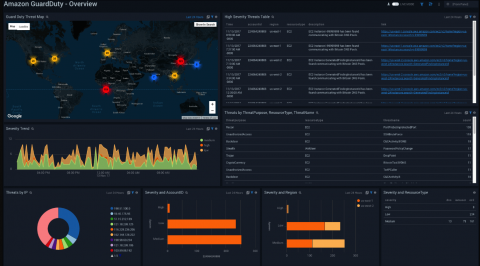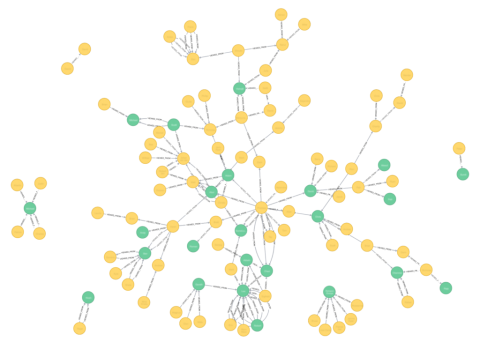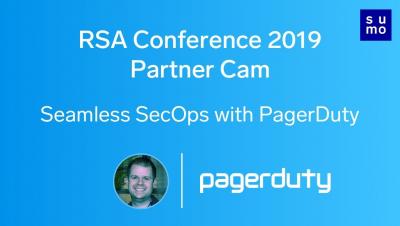What is AWS GuardDuty
AWS is the most popular cloud platform for enterprises, and with good reason. Amazon has massive infrastructure around the world, and many years of experience with it. Whether your network is completely on the cloud or you have a hybrid network, using AWS saves your business a lot of money and physical space. You benefit from Amazon’s tremendous economies of scale, and a lot of the tedious work involved in maintaining a network can be delegated to them.











